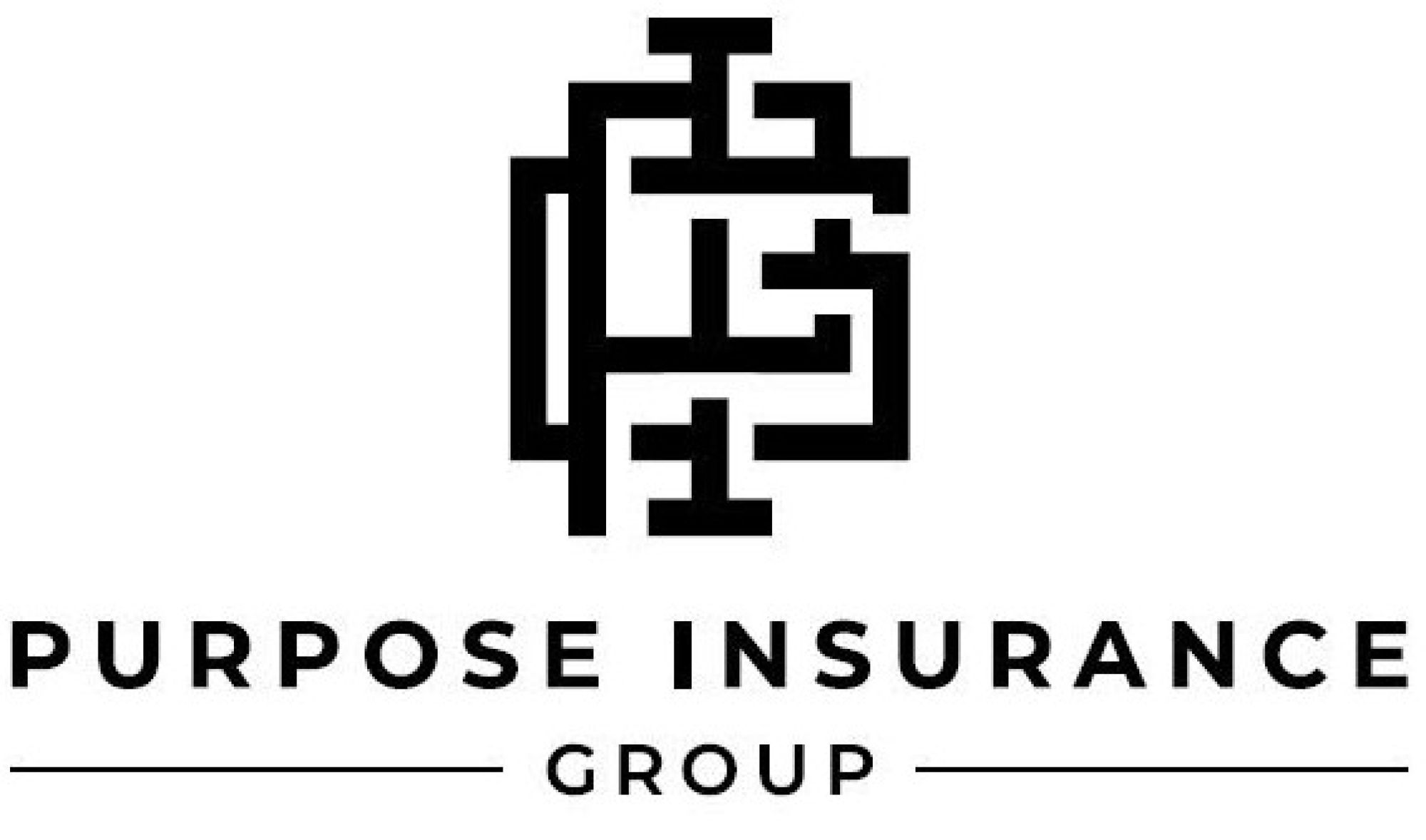Getting My Pacific Prime To Work
Getting My Pacific Prime To Work
Blog Article
More About Pacific Prime
Table of ContentsThe smart Trick of Pacific Prime That Nobody is DiscussingThe Pacific Prime DiariesPacific Prime - An OverviewNot known Incorrect Statements About Pacific Prime Unknown Facts About Pacific Prime

This is because the information were collected for a period of solid economic performance. Of the approximated 42 million people who were without insurance, almost regarding 420,000 (concerning 1 percent) were under 65 years of age, the age at which most Americans become eligible for Medicare; 32 million were grownups in between ages 18 and 65, about 19 percent of all grownups in this age; and 10 million were kids under 18 years old, regarding 13.9 percent of all children (Mills, 2000).
These estimates of the number of individuals without insurance are generated from the annual March Supplement to the Existing Population Study (CPS), carried out by the Demographics Bureau. Unless or else noted, national quotes of individuals without health insurance policy and proportions of the populace with different sort of insurance coverage are based on the CPS, one of the most commonly used source of quotes of insurance protection and uninsurance prices.
Pacific Prime Can Be Fun For Anyone

Still, the CPS is especially valuable since it generates yearly estimates reasonably quickly, reporting the previous year's insurance policy protection approximates each September, and due to the fact that it is the basis for a constant collection of price quotes for even more than two decades, permitting evaluation of trends in protection gradually. For these reasons, in addition to the considerable use the CPS in various other researches of insurance coverage that are presented in this report, we rely on CPS price quotes, with restrictions noted.

The price quote of the number of uninsured people expands when a population's insurance status is tracked for several years. Over a three-year period starting early in 1993, 72 million people, 29 percent of the united state populace, were without coverage for at the very least one month. Within a single year (1994 ), 53 million people experienced at the very least a month without coverage (Bennefield, 1998a)
6 out of every ten without insurance adults are themselves employed. Although working does boost the possibility that a person and one's household participants will have insurance policy, it is not a warranty. Even participants of family members with two full-time wage earners have almost a one-in-ten opportunity of being uninsured (9.1 percent without insurance price) (Hoffman and Pohl, 2000).
Pacific Prime Things To Know Before You Buy
New immigrants account for a substantial proportion of individuals without medical insurance. One analysis has connected a considerable portion of the current development in the dimension of the U.S. uninsured populace to immigrants who showed up in the nation in between 1994 and 1998 (Camarota and Edwards, 2000). Recent immigrants (those that came to the United States within the previous four years) do have a high price of being without insurance (46 percent), but they and their kids make up just 6 percent of those without insurance coverage across the country (Holahan et al., 2001).
The partnership between medical insurance and access to care is well established, as recorded you can look here later on in this chapter. The relationship in between wellness insurance policy and wellness end results is neither straight neither straightforward, an extensive clinical and health services research study literature links health and wellness insurance protection to better accessibility to care, much better high quality, and enhanced individual and populace health and wellness status.
Levels of evaluation for taking a look at the impacts of uninsurance. This discussion of wellness insurance policy protection concentrates mostly on the U.S. populace under age 65 because virtually all Americans 65 and older have Medicare or various other public insurance coverage. It focuses specifically on those without any kind of health and wellness insurance coverage for any kind of size of time.
Pacific Prime Can Be Fun For Everyone
The issues encountered by the underinsured are in some aspects similar to those encountered by the uninsured, although they are normally less serious. group insurance plans. Uninsurance and underinsurance, nevertheless, include clearly different policy concerns, and the methods for resolving them might differ. Throughout this research and the five reports to adhere to, the main emphasis gets on persons with no health and wellness insurance coverage and therefore no assistance in paying for healthcare beyond what is available with charity and safeguard organizations
Medical insurance is an effective aspect impacting receipt of care due to the fact that both individuals and physicians react to the out-of-pocket rate of services - https://www.intensedebate.com/profiles/pacificpr1me. Medical insurance, nonetheless, is neither required neither adequate to access to clinical solutions. However, the independent and straight result of wellness insurance protection on access to wellness solutions is well developed.
Others will get the healthcare they need also without health insurance, by spending for it expense or seeking it from providers that supply care free or at very subsidized prices. For still others, medical insurance alone does not guarantee receipt of treatment since of other nonfinancial barriers, such as a lack of healthcare suppliers in their community, restricted access to transport, illiteracy, or linguistic and social differences.
The Definitive Guide for Pacific Prime
Formal study about without insurance populations in the United States dates to the late 1920s and very early 1930s when the Board on the Expense of Healthcare created a collection of records about financing medical professional office check outs and hospitalizations. This issue became significant as the varieties of medically indigent climbed throughout the Great Clinical depression.
Report this page